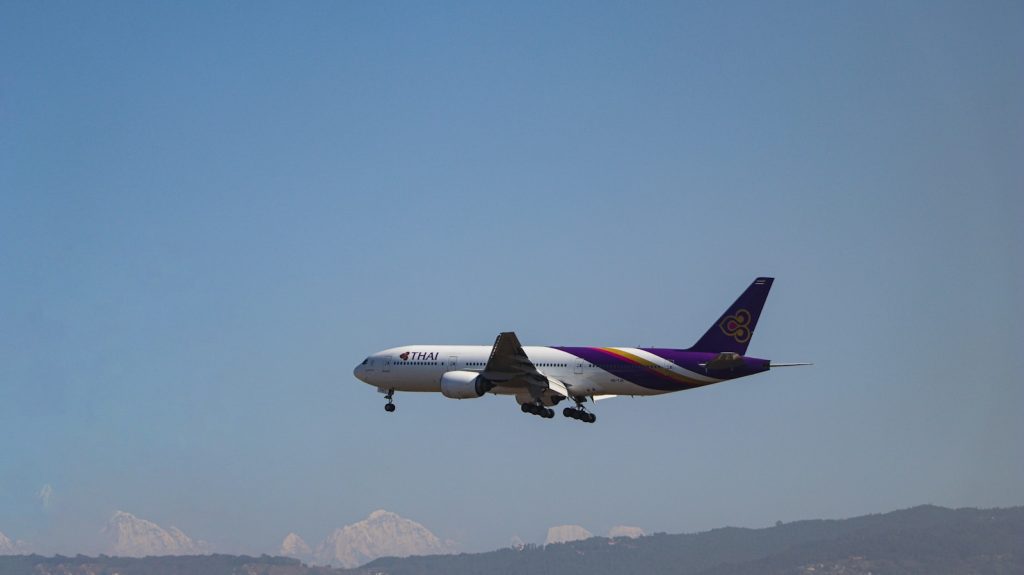The aviation industry in Thailand is witnessing a remarkable surge in profitability. Despite facing significant operational cost increases, Thai airlines have posted record profits, showcasing resilience and strategic management during challenging times.
Industry Overview
In recent years, the global aviation sector has endured numerous challenges, from fluctuating fuel prices to stringent regulatory requirements and evolving customer expectations. Thai airlines, however, have managed not only to navigate these hurdles but also to achieve unprecedented financial success.
A Boost from Domestic Travel
A significant contributor to this profitable streak has been the robust growth in domestic travel. With international borders experiencing intermittent closures and restrictions due to the global health landscape, the focus of many Thai airlines shifted towards enhancing their domestic routes.
Promotional campaigns, enhanced connectivity between key cities, and a renewed focus on customer experience have fueled an increase in domestic travelers. This surge in local flights has played a crucial role in boosting revenues, partially offsetting the decline in international traffic.
Strategic Management and Cost Efficiency
Optimizing Operations
Cost efficiency measures have been central to maintaining profitability. Thai carriers have adopted various strategies to optimize operations, reduce waste, and streamline processes. Innovations in technology, such as advanced booking systems and fuel-efficient aircraft, have enabled better resource management and reduced costs.
Collaborations and Partnerships
Forming strategic alliances and partnerships has also been a pivotal strategy. Collaborative efforts with other airlines, tourism boards, and government agencies have resulted in shared resources and expanded service offerings. Joint ventures and code-sharing agreements have enhanced route networks and increased passenger traffic.
Addressing Rising Fuel Prices
The rise in fuel prices remains one of the most significant challenges for the aviation sector globally. Thai airlines have proactively addressed this issue through various tactics:
-
- Hedging Strategies: Many airlines have employed fuel hedging strategies to lock in prices and mitigate the impact of future price increases.
-
- Fuel-Efficient Aircraft: Investment in modern, fuel-efficient fleets has allowed carriers to reduce fuel consumption per flight.
-
- Operational Adjustments: Implementing more direct routes and optimizing flight schedules have also contributed to lower fuel usage.
Future Prospects
Looking ahead, the prospects for Thai airlines remain promising. Continued investment in technology, customer service enhancements, and sustainable practices are expected to bolster their market position further. The gradual reopening of international borders and the resurgence of global travel demand will likely provide additional revenue streams.
Moreover, the emphasis on sustainability and environmental responsibility aligns Thai carriers with global aviation trends, potentially attracting eco-conscious travelers and investors. With a focus on innovation and adaptability, Thailand’s aviation industry is poised to sustain its upward trajectory.
Thai airlines’ ability to generate record profits despite rising operational costs underscores their resilience and strategic acumen. By capitalizing on domestic travel, optimizing operations, forming strategic alliances, and addressing fuel price challenges, they have navigated turbulent skies with commendable success. As the industry evolves, these airlines are well-positioned to continue thriving and contributing significantly to Thailand’s economic growth.







